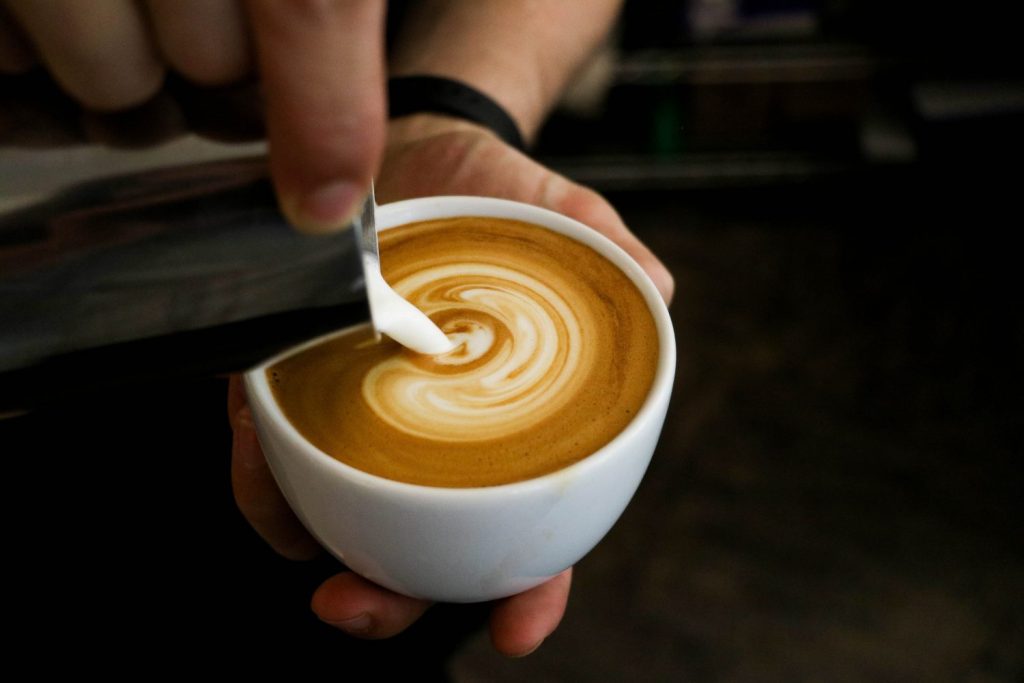Milk and coffee is always a very emotive topic that divides people. For some, a coffee should never be drunk with milk involved, for others it is a classic part of their favourite beverage. Understanding the relationship between milk and coffee is an important part of the life of a barista and if you are in the market for coffee equipment and machinery, you’ll want to know how best to use milk in various coffee drinks to ensure that your customers are receiving exactly what they ordered. Here, we take a brief look at all you need to know about coffee and milk.
If you want to add milk to your coffee, there is no problem with that at all. We’ve seen how things have changed over time when it comes to milk in coffee. Even when ordering an Americano, which is traditionally served black, you are often asked in coffee shops now whether you would like milk with it, and whether you want that milk hot or cold. Much like coffee and chocolate, coffee and milk is a quality combination. It’s a coffee trend that isn’t going anywhere, so why not embrace it and deliver the best coffee possible to your customers?
For certain coffees though, the milk is there to add something specific, and it is here that you have to be careful and treat milk in a certain way to have the desired effect. Milk in a flat white or a latte for instance are not just there as a warmed milk to add to your drink, instead it is textured through a steaming process that brings about a level of frothiness and the exact temperature you are looking for to add another element that makes that coffee what it is. It takes practice to get this steaming process right, with a steam wand and some practice you can certainly end up with consistent results that taste great.

The temperature of the milk is so important, as is the temperature of the coffee you serve up.
What happens if the temperature of the milk is too low?
You’ll find that milk that is too cold just won’t sit right on the coffee and it will just come across like you’ve taken a swig of lukewarm milk. If it is too hot on the other hand, the milk will scald and fall apart, as well as burn your mouth. Any temperature over 80 degrees will see milk begin to boil and scald.
Finding that right temperature takes some skill, some know-how, and for some barista’s they just know when the temperature is right. You can do this by purchasing coffee machinery that automates this entire process but gives you the least level of control over proceedings, you can buy a milk thermometer or buy a heating and frothing jug.
There are so many benefits to coffee, including some health benefits for coffee drinkers, so it is important that you get the taste right and use milk in the correct way. Get the temperature and the texture of the coffee right for the type of drink you are serving. and you’ll get a positive response from your customers.







